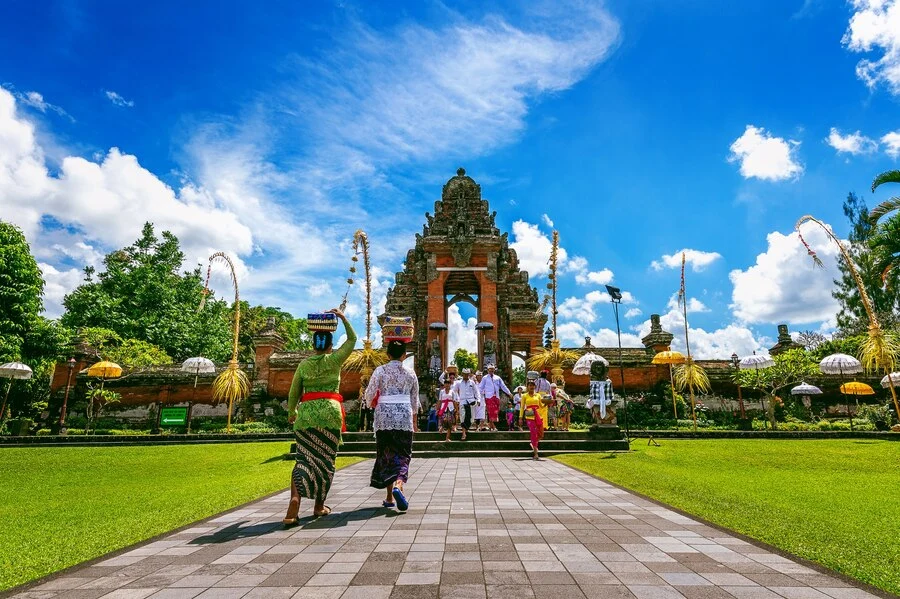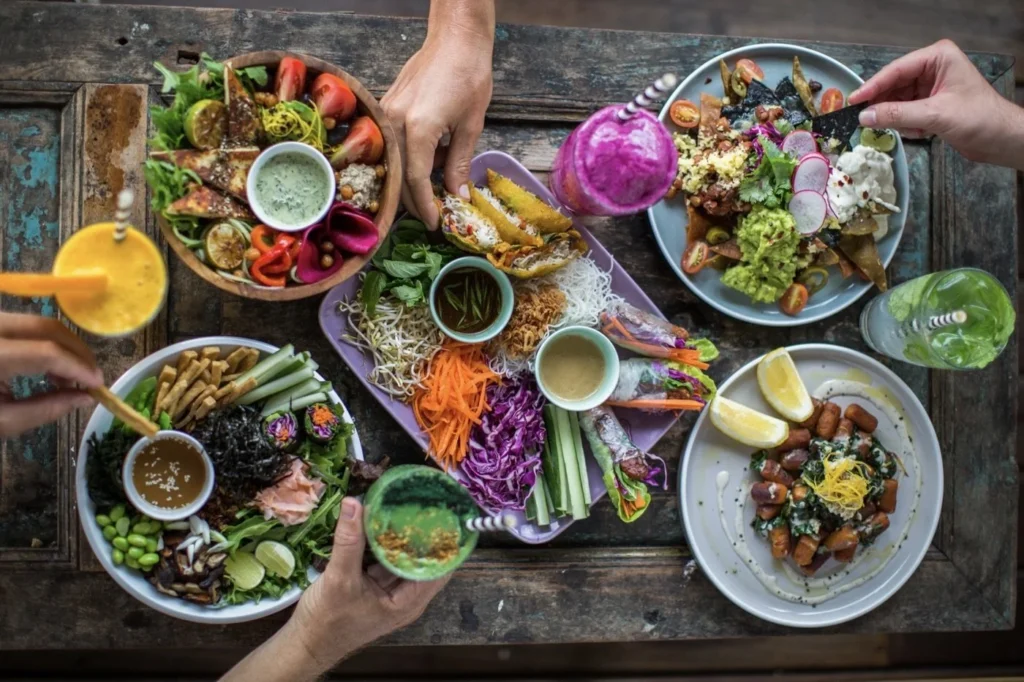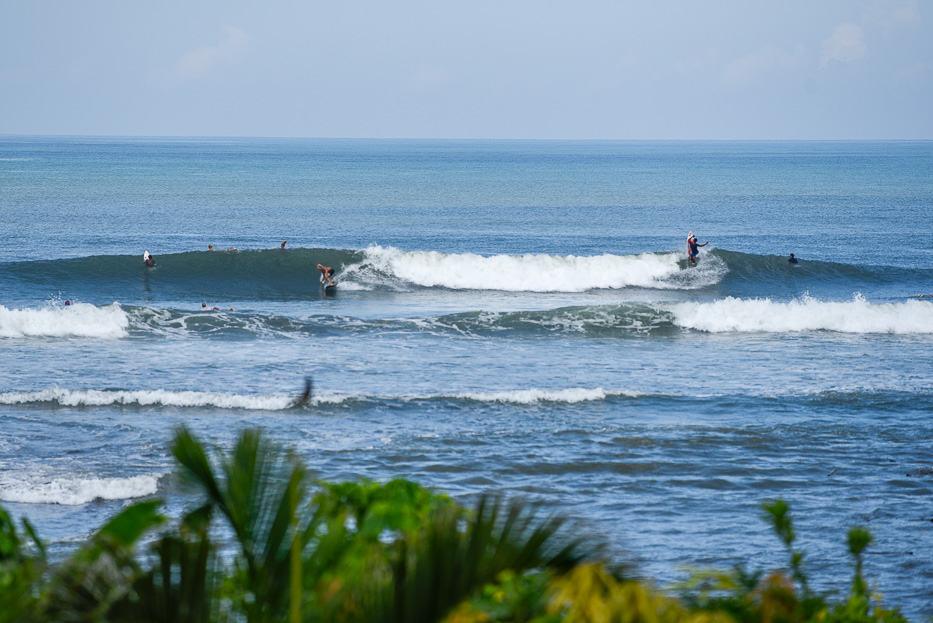The true heart of Bali lies not just in its stunning landscapes or cultural riches but in its people. The Balinese are renowned for their warm hospitality, deep spirituality, and strong connection to their traditions. Every aspect of life on the island reflects their harmonious way of living, guided by ancient philosophies and communal values. This article explores the lives, beliefs, and customs of the Balinese people, revealing why they are often considered the soul of this tropical paradise.
A Culture Rooted in Spirituality
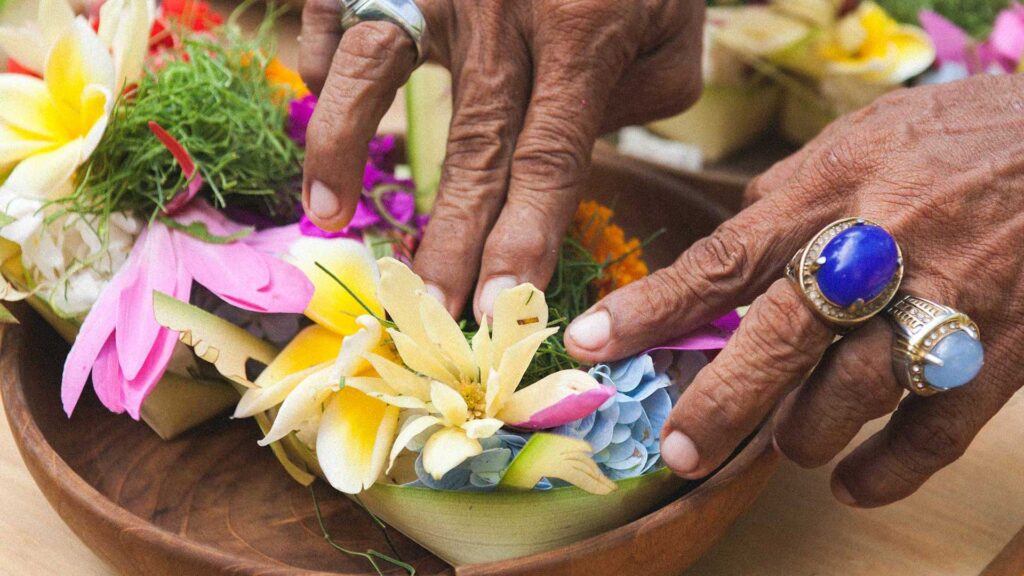
Spirituality is the cornerstone of Balinese life, influencing their daily routines, artistic expressions, and community practices. The majority of Balinese people practice a distinctive form of Hinduism, blending elements of Indian Hinduism, Buddhism, and ancient animist traditions. At the core of this faith is Tri Hita Karana, the philosophy of achieving harmony among God (parahyangan), humanity (pawongan), and nature (palemahan).
One of the most visible manifestations of Balinese spirituality is the daily offering of canang sari. These small, handwoven baskets made from palm leaves are filled with flowers, rice, and incense and placed in temples, homes, and workplaces. Each offering symbolizes gratitude, a plea for balance, and a connection to the divine. The sight of canang sari on sidewalks or shop entrances reminds visitors of the pervasive spiritual undercurrent that runs through Balinese life.
Temples serve as the epicenters of Balinese spirituality. Major temples like Besakih, known as the Mother Temple, and Uluwatu Temple, perched atop dramatic cliffs, attract both worshippers and curious travelers. Every village also maintains its own set of temples, such as the Pura Desa for communal gatherings, the Pura Puseh for ancestral worship, and the Pura Dalem for honoring the dead. These spaces are alive with ceremonies, offerings, and celebrations throughout the year.
The Importance of Community

Balinese society is built on a foundation of cooperation and mutual support, with the Banjar serving as the heart of the community. A Banjar is a traditional village council that oversees everything from religious festivals and social welfare to infrastructure projects and dispute resolution. This close-knit communal structure ensures that every individual has a role and a support system within the village.
Ceremonies and festivals are often a community affair, requiring extensive preparation that involves every family in the Banjar. Whether it’s a wedding, a temple anniversary (odalan), or a cremation ceremony (ngaben), these events are opportunities for villagers to come together, share resources, and strengthen their bonds.
The Banjar also plays a crucial role in managing the Subak system, Bali’s intricate irrigation network that sustains the island’s famous rice terraces. Farmers in a Subak group work collaboratively to allocate water resources, guided by spiritual principles that respect both nature and community needs.
A Unique Naming System
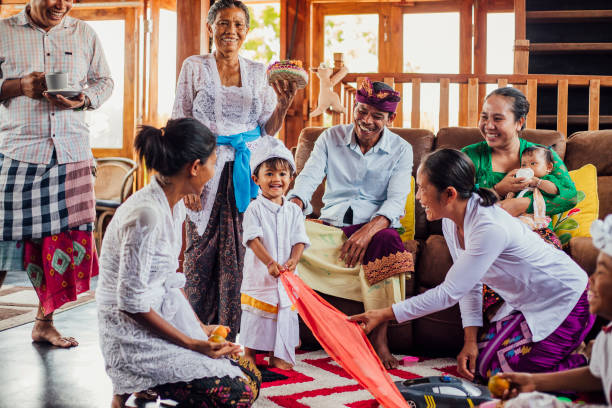
One of the most fascinating aspects of Balinese culture is its naming system, which assigns names based on birth order. This tradition reflects the island’s communal ethos, emphasizing equality and simplicity.
The names for children, regardless of gender, are:
- Wayan or Putu for the first child.
- Made or Kadek for the second child.
- Nyoman or Komang for the third child.
- Ketut for the fourth child.
If a family has more than four children, the cycle repeats. This system fosters a sense of connection and belonging within the community, as names often hint at one’s family structure.
Art and Expression as a Way of Life
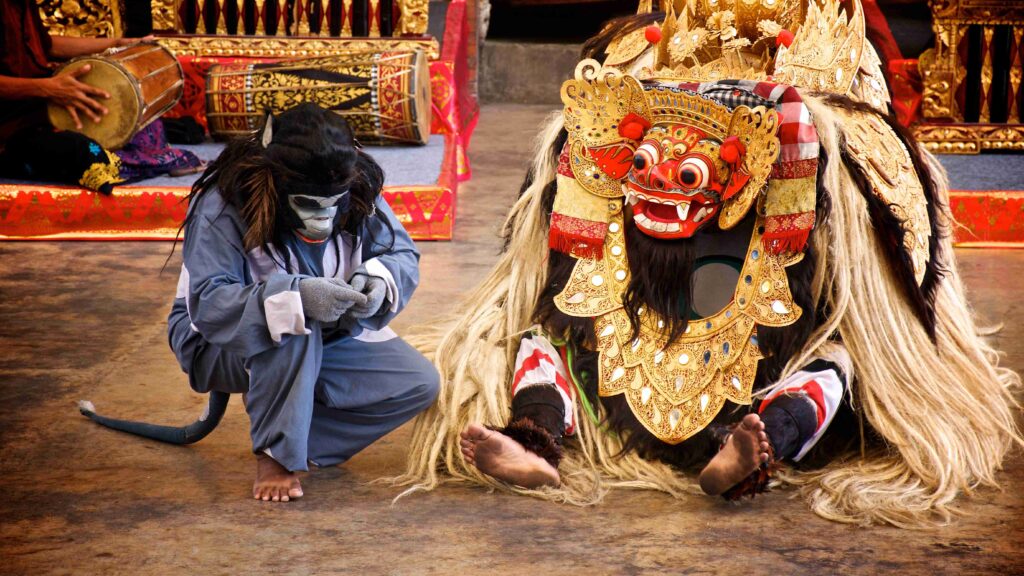
Art is not merely a profession in Bali; it is a way of life deeply intertwined with spirituality and tradition. Every Balinese child is introduced to the arts at a young age, whether through dance, painting, or crafting offerings.
Traditional Balinese dances like Legong, Barong, and Kecak are performed as both entertainment and spiritual offerings. The Legong dance, known for its precise and intricate movements, is often performed during temple festivals. The Barong dance depicts the eternal struggle between good and evil, with elaborate costumes and dynamic choreography. Meanwhile, the Kecak dance, accompanied by a hypnotic chorus of chanting men, is a captivating retelling of the Ramayana.
Balinese craftsmanship is equally renowned. Villages specialize in specific crafts: Mas is famous for its intricate wood carvings, Celuk for fine silver jewelry, and Ubud for its vibrant Batik textiles. These crafts are more than just commodities—they are expressions of the island’s cultural heritage, passed down through generations.
Festivals and Celebrations
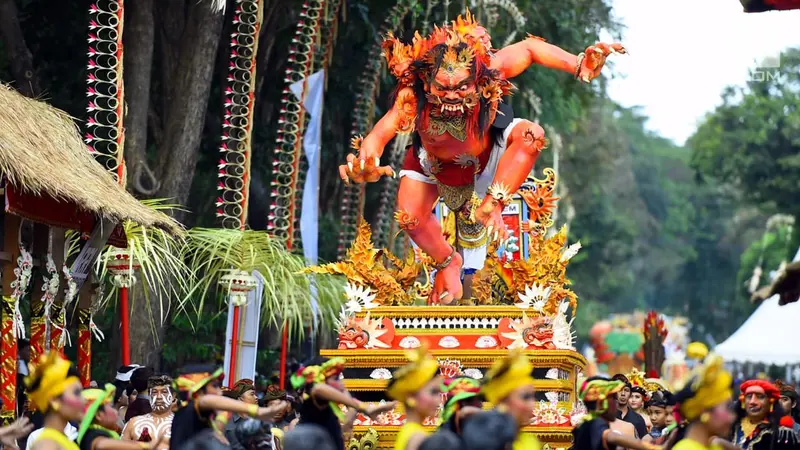
Festivals in Bali are colorful, elaborate, and deeply spiritual events that bring communities together in celebration. Each festival is an opportunity to honor the gods, ancestral spirits, and the balance of life.
Nyepi, the Balinese New Year, is perhaps the most unique festival. On this Day of Silence, the entire island shuts down—no lights, no vehicles, and no noise. The day is preceded by loud and vibrant Ogoh-Ogoh parades, where large demonic effigies are carried through the streets and burned to ward off evil spirits.
Other notable festivals include Galungan and Kuningan, which celebrate the victory of good over evil. Streets are decorated with penjor, tall bamboo poles adorned with offerings, creating a festive atmosphere. Temple anniversaries (odalan) are also significant, featuring processions, traditional music, and communal feasts.
Balinese Cuisine: A Reflection of Tradition
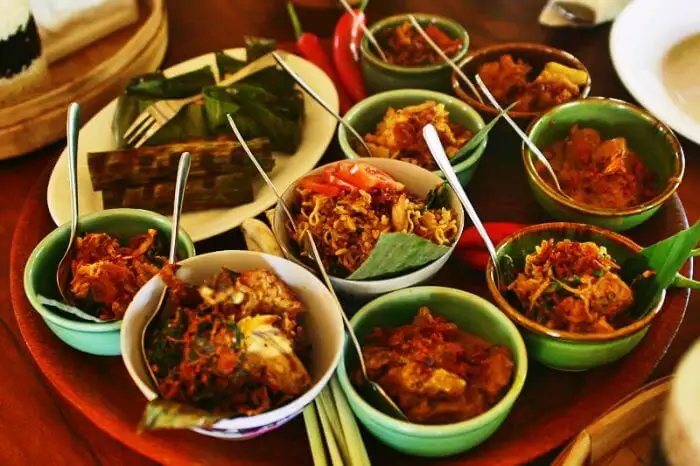
Balinese food is a rich blend of flavors, drawing from its cultural and geographical influences. Traditional dishes are often prepared for ceremonies, reflecting the connection between food and spirituality.
Some must-try dishes include:
- Babi Guling: Suckling pig seasoned with a mix of turmeric, coriander, and lemongrass, slow-roasted to perfection.
- Lawar: A mixture of vegetables, grated coconut, and minced meat, flavored with Balinese spices.
- Satay Lilit: Minced meat mixed with spices and wrapped around lemongrass sticks, grilled for a smoky aroma.
Visitors can savor these dishes at local warungs (family-run eateries) or join cooking classes to learn the art of preparing Balinese cuisine.
Hospitality: The Spirit of Bali
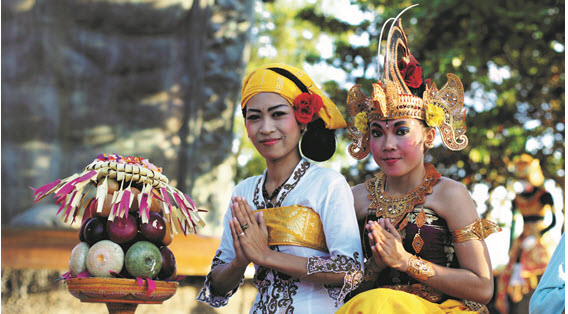
Hospitality is second nature to the Balinese people. Their warmth, generosity, and genuine care for visitors stem from their spiritual philosophy and communal values. Whether it’s a guide explaining temple customs or a family inviting you to join a village festival, interactions with the Balinese are often heartfelt and memorable.
This culture of hospitality is also reflected in Bali’s tourism industry. From luxurious resorts to humble homestays, the Balinese pride themselves on creating welcoming spaces that honor their traditions while accommodating modern travelers.
Why the Balinese People Are the Soul of the Island
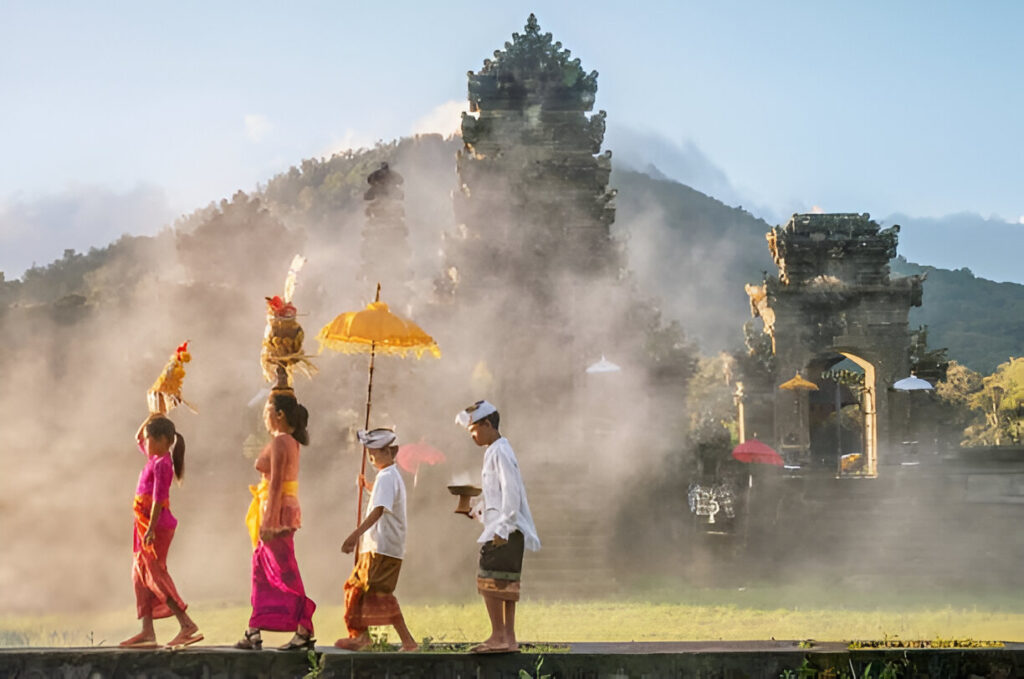
The Balinese people are the heart and soul of their island, embodying its culture, spirituality, and traditions. Their way of life, rooted in harmony and community, offers a profound lesson in how to live meaningfully and sustainably.
For travelers, engaging with the Balinese—whether by attending a festival, learning a craft, or simply sharing a meal—is an unforgettable experience. It is through these connections that the true essence of Bali is revealed.
Would you like recommendations for festivals to attend, places to interact with local communities, or hands-on cultural experiences? Let us Know
